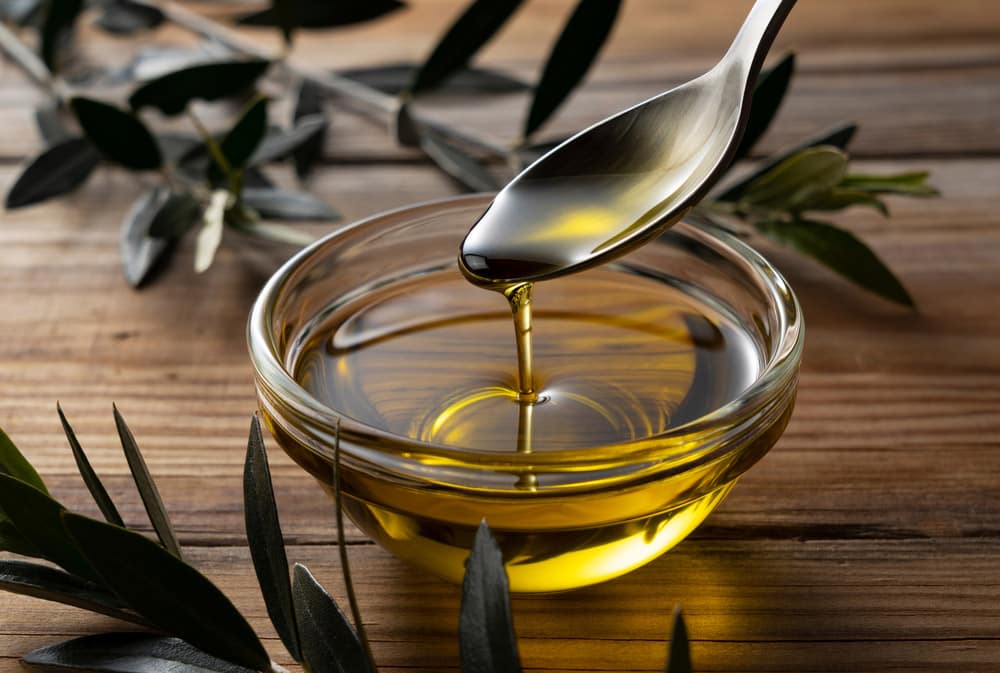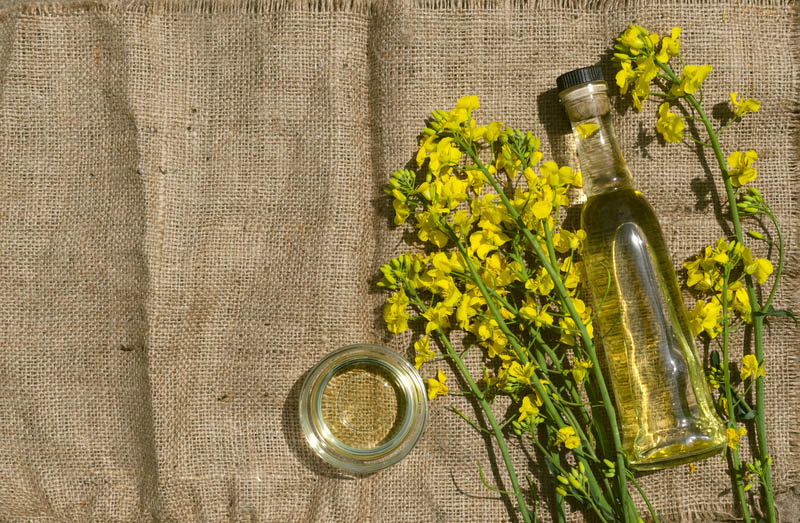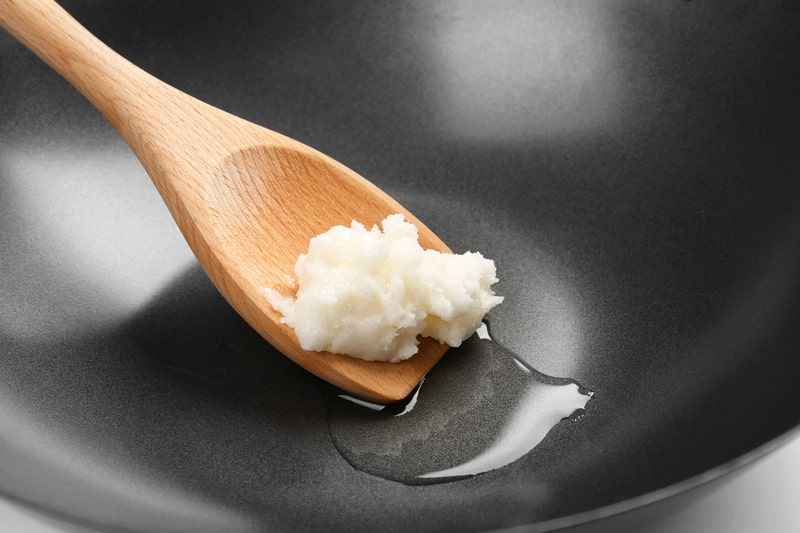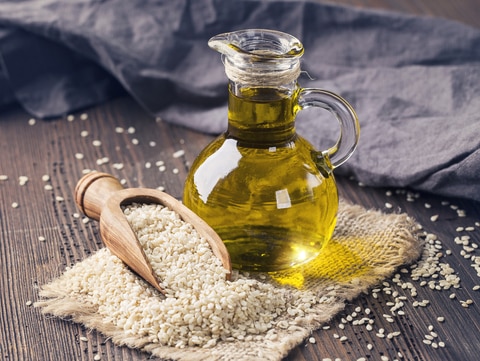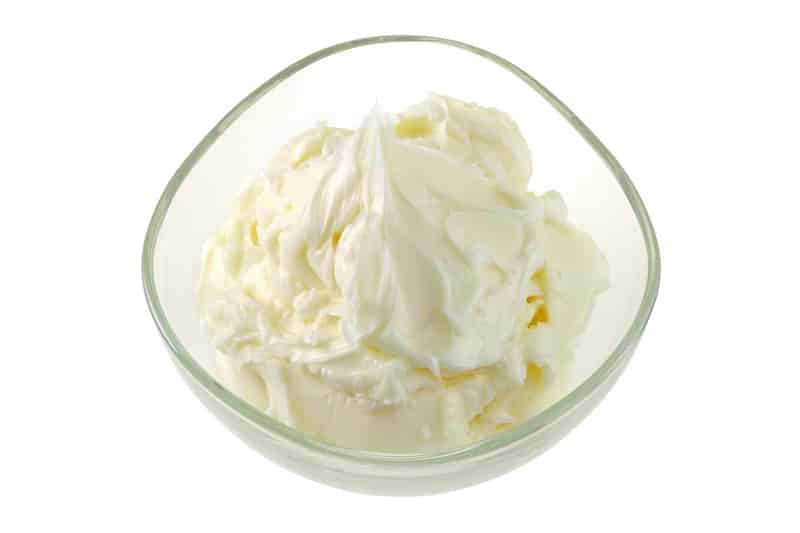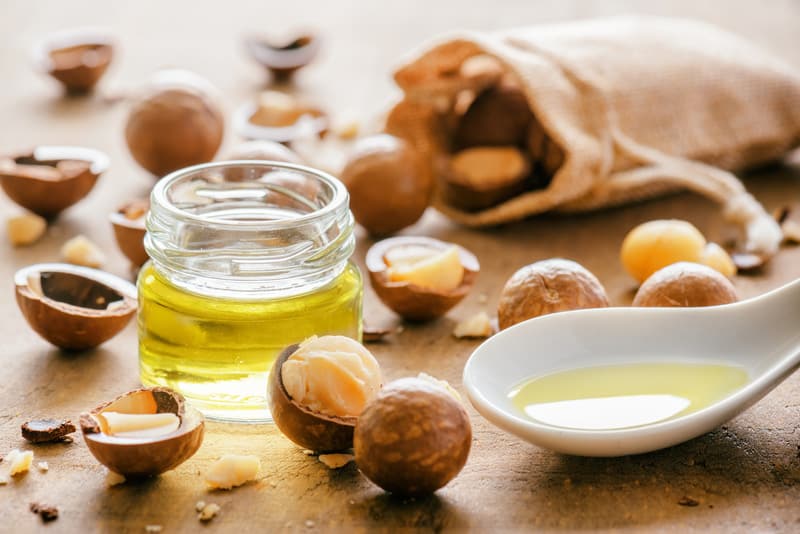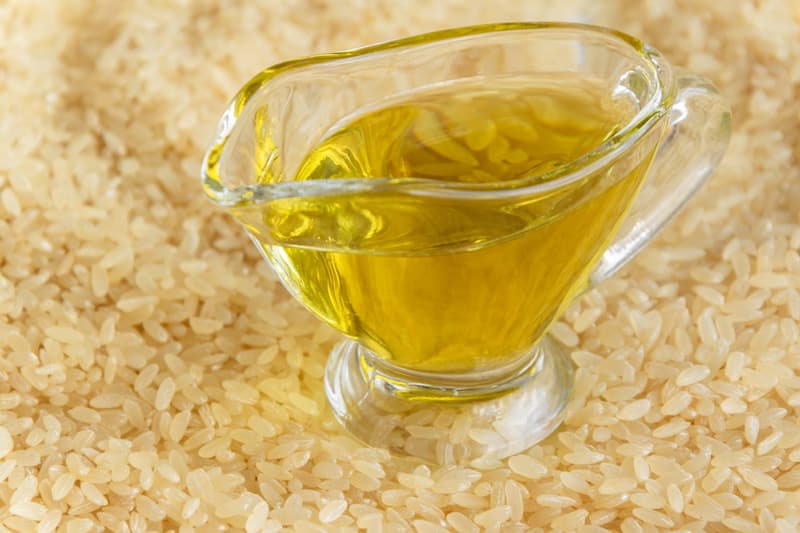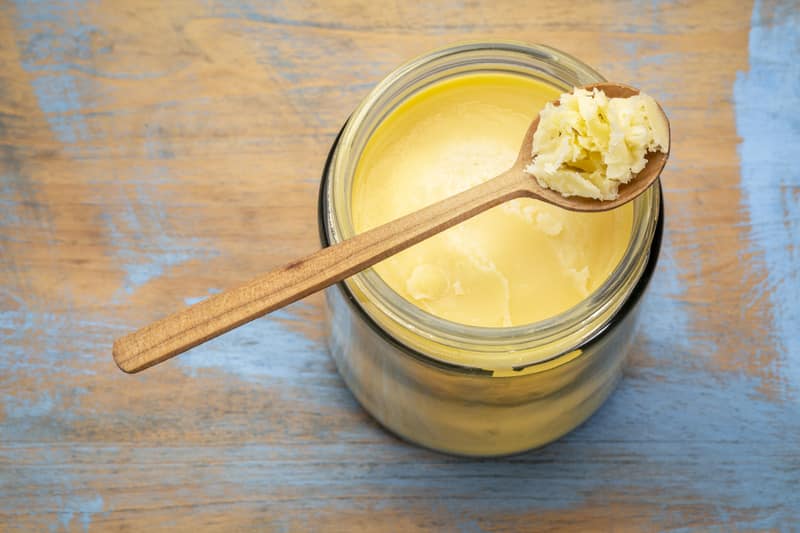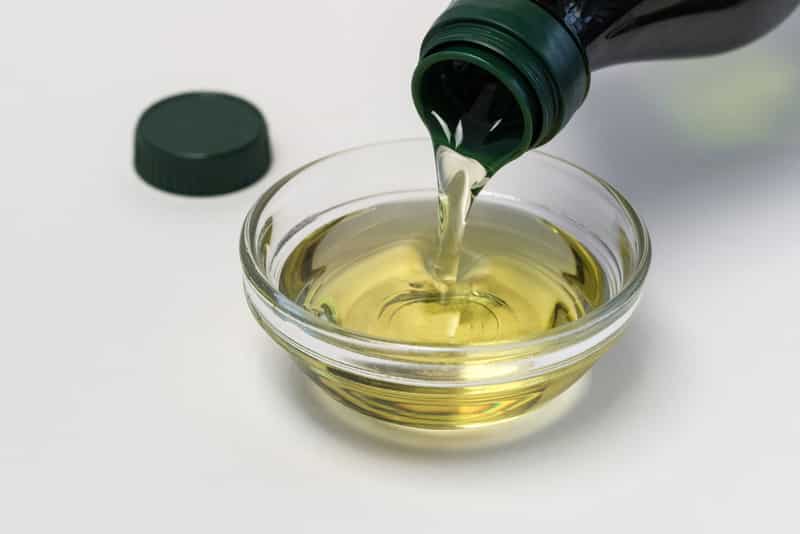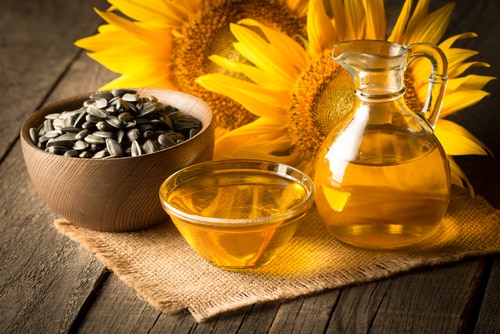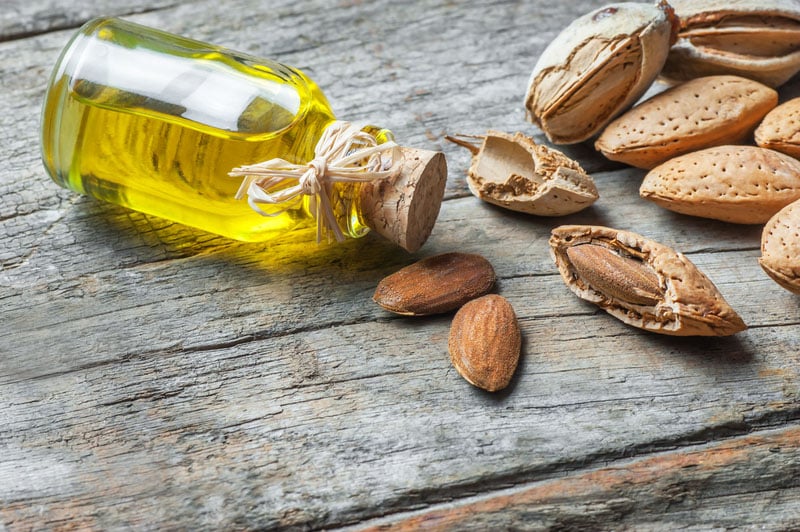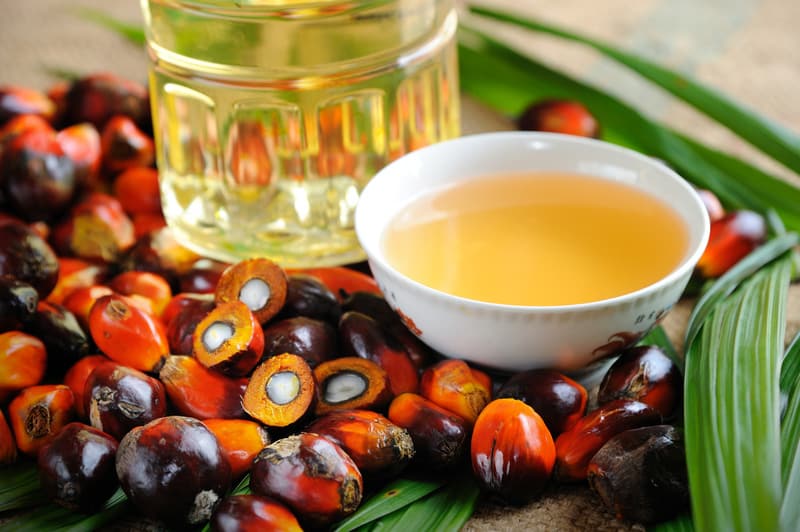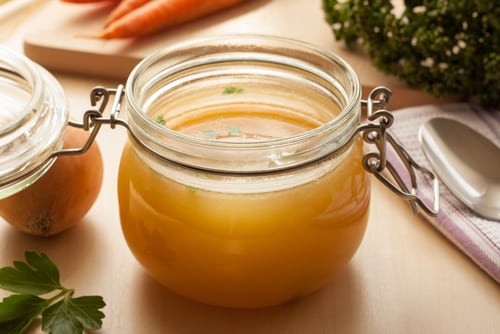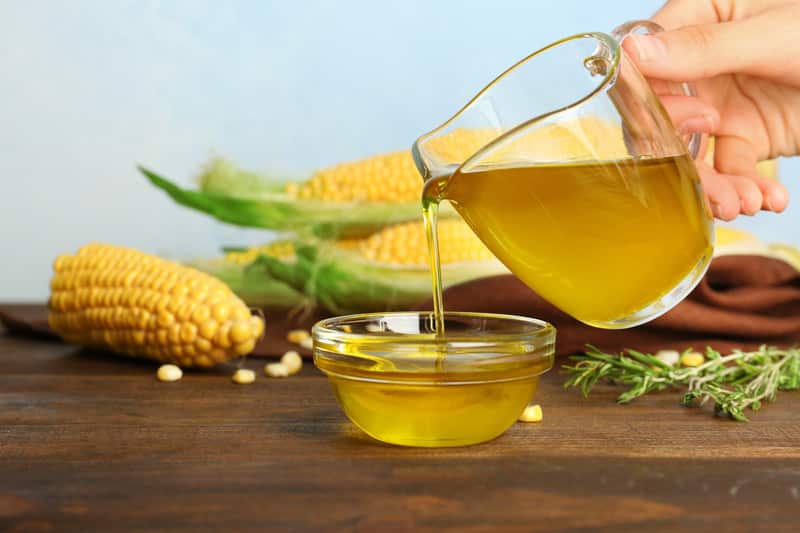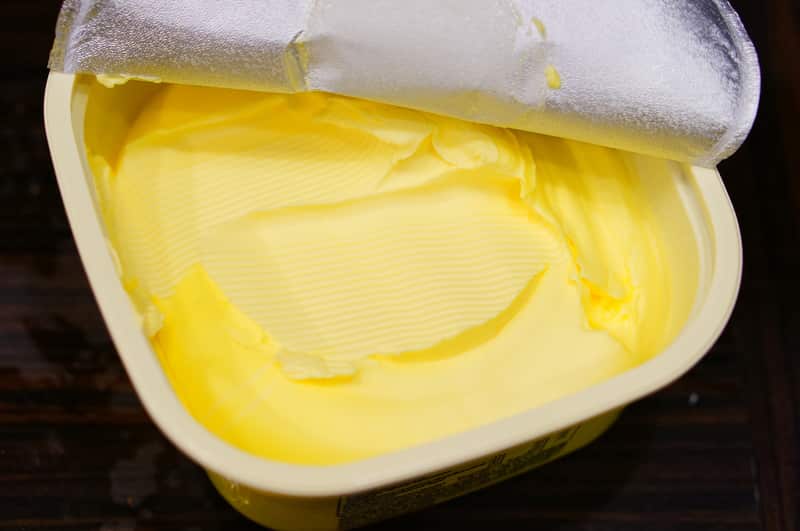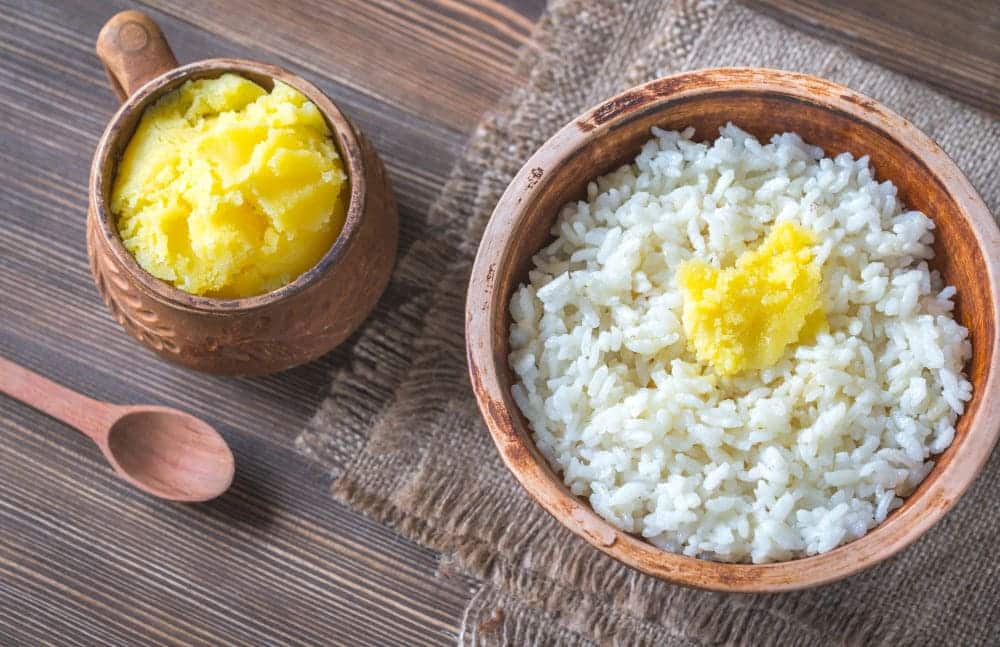
Rice is one of the most consumed food items, and there are several ways of cooking them. Many people use butter for cooking rice as it adds a mouthwatering aroma that’s hard to resist.
However, cooking with butter can be complicated because it browns up quickly, leading to dark-colored rice. For this reason, there are various substitutes for butter that you can try!
Substitutes for Butter in Rice
- Olive Oil
Olive oil is one of the safest options if you don’t want to use butter. Not only does it have a higher nutrient count, but it’s also easier to cook with. Although a tablespoon of olive oil contains more calories as compared to butter, it is easier to digest and does not raise cholesterol levels.
Olive oil can also be used as a dressing for salads. Now when it comes to cooking rice, olive oil is the perfect option as it doesn’t burn or add dark color to the rice. Olive oil helps maintain a good flavor, and when paired with fresh herbs, it provides the most delicious aroma in rice.
While you are using it as a substitute for butter, try to use little olive oil because it’s oilier. Lastly, it’s better to add extra virgin olive oil because it’s the healthiest, purest, and has a robust flavor.
- Canola Oil
Canola oil is used for cooking all around the globe. Honestly, it might not be the healthiest option, but it is still a safer option if you don’t feel like experimenting with new oil. While cooking rice with canola oil, make sure that you don’t overcook the oil because it can make your rice greasy.
In addition, cooking rice in overheated canola oil will result in clumped-up rice. If the rice is clumped-up, you can add a teaspoon of lemon or vinegar to the rice.
- Coconut Oil
Coconut oil is great cooking oil, especially when it comes to delicate recipes which involve boiled rice. Keep in mind that this oil has a strong coconut aroma and no matter what you’re cooking, it will add a coconut flavor to the recipe, including your rice.
There is no way of masking this coconut aroma and flavor, but you can get away with it if you add only a small quantity of coconut oil.
- Sesame Oil
Sesame oil is an excellent option for cooking rice. It might not be the best oil for deep frying but is ideal for stir-frying and dressings. When it comes down to cooking rice in sesame oil, it is suitable for plain as well as fried rice because of the high smoke point.
Keep in mind that your choice of sesame oil can directly impact the flavor of rice. So, it is suggested to use toasted sesame oil because it has a mild flavor and is a healthier option as compared to regular sesame oil.
- Vegetable Shortening
Vegetable shortening is one of the best choices for cooking plain rice because it’s made from vegetable oil and has no flavor of its own but it will increase the calorie count. In addition to rice, it can be used for baking recipes that call for butter.
Vegetable shortening is also suitable for deep frying. You must remember that vegetable shortening won’t replicate the butter’s flavor, but it does the cooking job pretty well. Lastly, it can be substituted in a 1:1 ratio.
- Macadamia Oil
Macadamia oil is a natural oil that’s made by cold pressing the macadamia nuts. It is actually one of the most versatile oils and is a healthier option with essential fatty acids and monounsaturated fats.
It can be used for cooking rice as well as for frying and baking. However, you should avoid it if you’ve nut allergies.
- Rice Oil
Rice oil is not a common oil, but it’s one of the best choices for cooking rice. It’s a delicate type of oil and has a subtle flavor. It tends to add a subtle aroma to sautéed recipes as well as rice.
The best thing about rice oil is that it has a higher percentage of unsaturated fats, which helps keep cholesterol levels in check. Rice oil has a high smoke point, which means it can be used for making fried rice and is suitable for deep-frying and stir-frying.
- Ghee
Ghee is basically clarified butter and has a unique nutty aroma and taste. It can be used in a 1:1 ratio while cooking rice. However, if you want to limit your oil consumption, it is suggested to reduce the quantity of ghee because it has more moisture content.
Ghee works as a great substitute for butter in rice as well as in baked recipes. The best thing about ghee is that it can be used at higher temperatures and is pretty affordable.
- Grapeseed Oil
Grapeseed oil is a suitable alternative for butter when you are making flavored rice. This is because it has a nutty finish which doesn’t go well with plain rice. Overall, it has a mild flavor.
In addition to making flavored rice, you can also substitute it for butter in sautéed vegetables and for drizzling the salad greens.
- Sunflower Oil
Sunflower is a healthier alternative to butter because of the low percentage of saturated fatty acids and zero trans-fats. Sunflower oil doesn’t have any flavor of its own, which makes it a suitable choice for plain white rice and brown rice.
Also, you can use the 1:1 substitution ratio while making rice.
- Almond Oil
Almond oil might not be the most popular choice for replacing butter in rice, given the almond flavor, but it still does a decent job.
It is actually a reliable source of vitamin E, and it’s perfect when you want to control your cholesterol levels. It can be used as a 1:1 substitution ratio while cooking rice, pasta, dressings, and soups.
- Palm Oil
Palm oil is one of the most readily available and affordable oils out there. It has an earthy flavor and is widely used in Asian, African, and Brazilian cuisines. It has a reasonable amount of vitamin E and can be used for cooking rice. Moreover, it goes well in stews, noodle recipes, and curries.
- Broth
If you don’t mind using a non-oily alternative, the broth is the perfect option for making rice. In fact, it’s an apt way of making flavorful rice with a lower calorie level. It is suggested to use chicken stock as it’s perfect for everyone, including the people who are on a diet.
Broth can also be used to replace butter while sautéing vegetables and meat. However, when you cook rice in broth, it might stick a little, so be prepared for that.
- Cottonseed Oil
Cottonseed oil is commonly known as American original oil, and it’s actually a versatile option. This is because it has a neutral taste which not only makes it suitable for cooking plain rice but also for making salad dressing and sauces. Moreover, it can be used for baking as well as deep frying.
- Corn Oil
If you have organic and cold-pressed corn oil, it will make a great addition to the rice recipe. It has a sufficient amount of polyunsaturated fats and mono-fats that help balance cholesterol levels. Corn oil is also an affordable choice since it’s extracted from the corn plant’s germ.
As far as its applications are concerned, it is suitable for making rice, but its high smoke point makes it perfect for deep frying as well.
- Margarine
If you can’t get your hands on any of the oils, only then use a little margarine. It might not be the best substitute for butter since it picks up flavor quickly, but it will surely do the cooking job.
While cooking rice with margarine, be careful not to leave your pan too long on the stove because it burns. If you’re cooking mildly flavored rice, you’ll need to sauté a few spices and add the boiled rice with a teaspoon or two of margarine.
Conclusion
Butter is usually used when making flavored and plain rice, but it can be challenging to cook with. For this reason, you can choose any of these substitutes and enjoy well-cooked rice.
